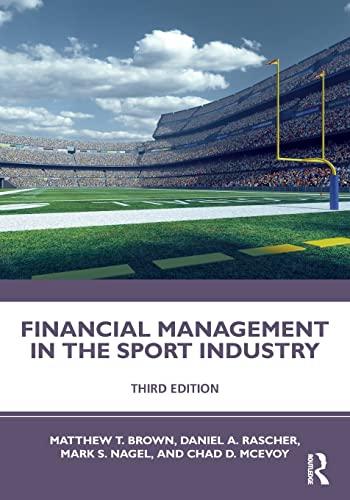Answer Only from question 8-12, thank you.
A pension fund manager is considering three mutual funds. The first is a stock fund, the second is a long-term government and corporate bond fund, and the third is a T-bill money market fund that yields a sure rate of 5.5%. The probability distributions of the risky funds are:

Part TWO Portfolio Theory money market fund that yields a sure rate of 55%. The probability distributions of the risky funds are: 16. Assume expe free rate for l Standard Deviation Expected Return Stock fund (S 32% 23 Bond fund (B) 9 17. Your assistan The correlation between the fund returns is .15 8. Tabulate and draw the investment opportunity set of the two risky funds. Use invest ment proportions for the stock fund of0% to 100% in increments of 20%. What expected return and standard deviation does your graph show for the minimum-variance portfolio? (LO 6-2) 9. Draw a tangent from the risk-free rate to the opportunity sct. What docs your graph show for the expected return and standard deviation of the optimal risky portfolic? (LO 6-3) 10. What is the reward-to-volatility ratio of the best feasible CAL? (LO 6-3) 11. Suppose now that your portfolio must yield an expected return of 12% and be efficient, that is, on the best feasible CAL. (LO 6-4) a. What is the standard deviation of your portfolio What is the proportion invested in the T-bill fund and each of the two risky funds? 12. Ifyou were to use only the two risky funds and still require an expected return of 12%, what would be the investment proportions of your portfolio? Compare its standard deviation to that of the optimal portfolio in the previous problem. What do you conclude? (LO 6-4) 13. Stocks offer an expected rate of return of 10% with a standard deviation of 20%, and 18. What is the stan gold offers an expected return of5% with a standard deviation of25%. (LO 6-3) a. In light of the apparent inferiority of gold to stocks with respect to both mean return 19. A projec ing your investm 20. Investor returnc out to b and volatility, would anyone hold gold? If so, demonstrate graphically why one would o so. b. How would you answer (a) if the correlation coefficient between gold and stocks were 1? Draw a graph illustrating why one would or would not hold gold. Could these expected returns, standard deviations, and correlation represent an equilibrium for the security market? stock? 21. The fol 14. Suppose that many stocks are traded in the market and that it is possible to borrow at the risk-free rate, The characteristics of two of the stocks are as follows a. Wh Stock Expected Return Standard Deviation 40% 60 13 Correlation =-1 Could the equilibrium r,be greater than 10%2 (Hint: Can a particular stock portfolio be substituted for the risk-free asset?) (LO 6-3) 15. You can find a spreadsheet containing the historic returns presented in Table 5.2 on the text's website at www.mhhe.com/bkm. (Look for the link to Chapter 5 material.) Copy the data for the last 20 years into a new spreadsheet. Analyze the risk-return trade-off that would have characterized portfolios constructed from large stocks an long-term Treasury bonds over the last 20 years. What was the average rate of return and standard deviation of each asset? What was the correlation coefficient of their annual returns? What would have been the average return and standard deviation o portfolios with differing weights in the two assets? For example, consider weights in stocks starting at zero and incrementing by .10 up to a weight of 1. What was the at m/bkm bet







